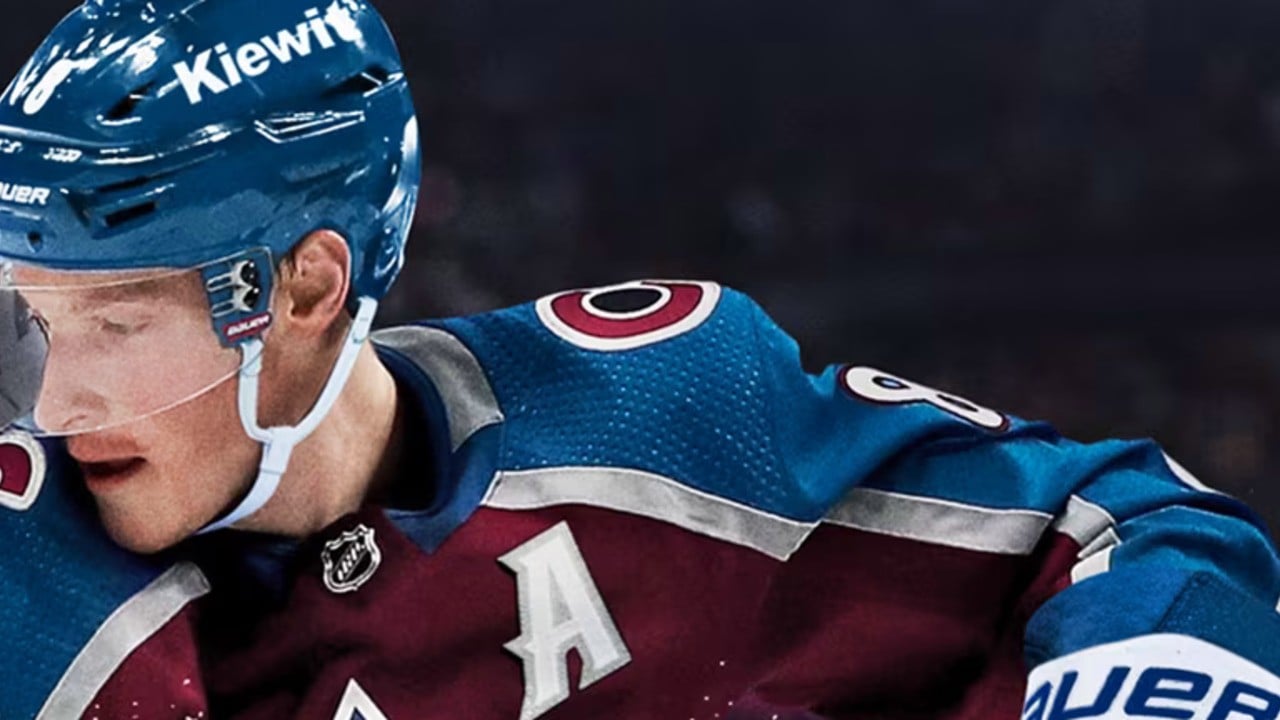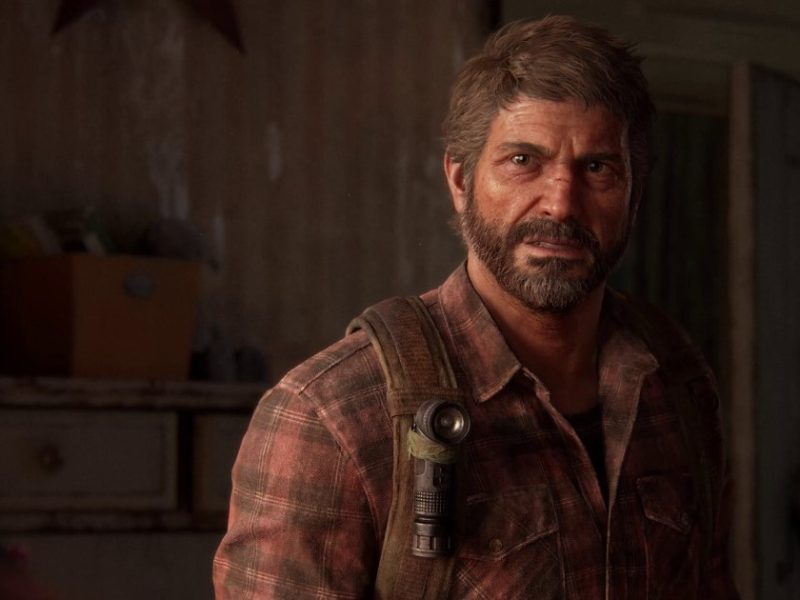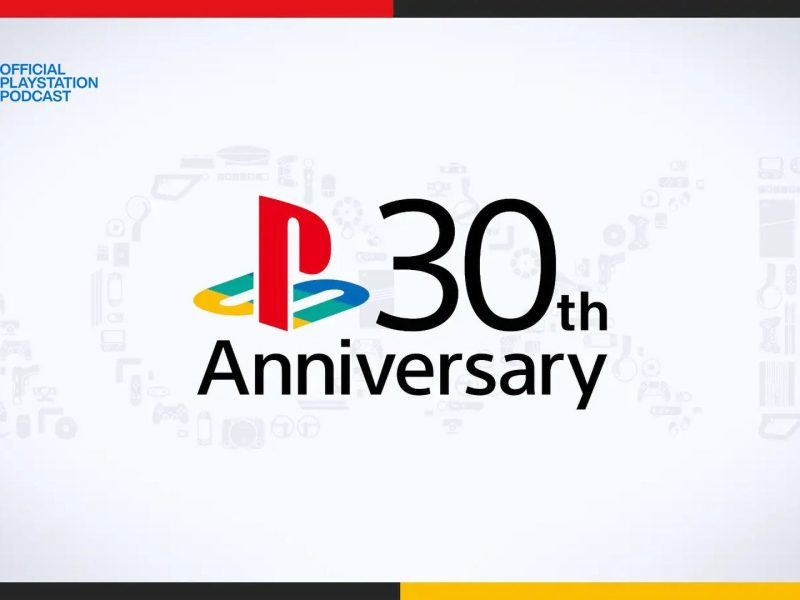When it comes to reviewing sports titles, it can often feel like being trapped in a time loop. Much like Bill Murray in Groundhog Day, you may find yourself feeling as if you’re playing the same thing over and over each time you pick up a game. This sensation of déjà vu is very much present when it comes to EA Vancouver’s NHL 24. And you’ll find similar sentiments in our reviews for previous NHL titles as well. With that said, what is there to talk about that’s new?
As it turns out, NHL 24 brings quite a bit that’s new to the table. The problem is that much of what is added isn’t well-implemented. First and foremost we have the new “total control” control scheme, usurping the old, but nonetheless exceptional “skill stick” system. This new control scheme looks to make pulling off a lot of fancier dekes and dangles easier, and it is by and large successful. Holding L1 and pressing any of the shape buttons will now allow you to pull off dekes that might otherwise have required a dizzying number of input commands. You can even use the skill stick system alongside this up to a point, making it even easier to adjust to. Even more welcome than the new control scheme though is targeted passing. At long last you can pick your passing target instead of leaving things up to the game’s – often inaccurate – predictive system. If there’s one shining beacon of positivity with this year’s title, it’s that.

Some of the other buttons being shuffled around will take more getting used to, though. For instance, holding down X while in possession no longer sees you protect the puck, and you’re actually more likely to throw it away. This give and take with the new control scheme runs rampant. Using L2 for net-front battles used to be pretty reliable for avoiding goalie interference while trying to get a tip-in, but now it seems like the game picks and chooses when it allows this to function as intended. There’s a lot of that plastered all throughout the game in fact. Whereas in the past, the animations were inconsistent but the physics were generally solid, now you have to wonder on each new rush if the physics are going to cooperate.
The biggest culprit is the new checking system, an unmitigated disaster. The timing to lay down a body check is much more finicky now, though a requirement of increased precision isn’t a bad thing unto itself. No, where the problem lies is that hitting just isn’t fun anymore. You can’t line people up with any kind of reliability, none of the collisions are gratifyingly violent when you do make contact, it rarely amounts to more than a light shove, and the force feedback when you make contact on the DualSense is borderline non-existent. One of the greatest sources of silly, stupid fun in the franchise has been transformed into something almost unrecognizable. This negative change is amplified even further in arcade modes like Threes or Ones, where hitting was practically more important than puck possession.

But at the same time, this new hitting physics engine could be good with some more time in the oven. Hitting is an essential part of hockey, but unless you’re Jacob Trouba, physical contact is likely to be more incidental, as it is here in 24. This creates a greater reliance on stick lifting and poke checking, both of which remain unchanged, and work more or less as well as they ever have. So in that respect, it helps the game feel more authentic.
This is true of the new “pressure” system as well, where prolonged zone time will wear the defending team, as well as its goaltender, down quickly. When you combine this with the presentation package, and the immersive sounds of the arena, a prolonged cycle can lead to some truly magical moments.
Speaking of presentation, the colour commentary by Ray Ferraro – he’s still present in the unchanged Be A Pro mode – is gone, and has been replaced by Cheryl Pounder, who does a phenomenal job of breathing some new life into the commentary. The presentation in general is excellent, with the inclusion of information being displayed along the boards a particularly slick inclusion. The new goal celebration animations with their differing camera angles are a bit excessive, but it’s nice to see the celebration from on the ice at least. Astonishingly, though, menu navigation, which wasn’t fleet of foot to begin with, has gotten slower. What on Earth happened there?

In addition to the usual annual palette swap of the menus, the customization menus have been redesigned. This redesign coincides with the inclusion of a Battle Pass and a rotating item shop, which is now present alongside the usual loot box system the game has had for years. While the new customization options work in theory, we found that the game failed to save changes with some degree of regularity forcing us to go back in and redo everything. This even happened multiple times with our gameplay sliders in Franchise mode, so until a patch is released, it might be worth checking on your settings periodically.
You also might have noticed a lack of discussion about new modes added to the game. That’s because there aren’t any. A handful of modes have received what amount to balancing tweaks, but as far as new content, the closest inclusion is HUT Moments, which simulates famous moments in the history of the sport. While a mode akin to this was present in NHL years ago, it is “new” this time out.
Conclusion
Sports games are pretty predictable. From one year to the next, you’ll see one or two sweeping changes and then a number of smaller tweaks, but beyond that, you’ll by and large be playing the same title. By that logic, it’s actually impressive how much EA Vancouver has managed to change this year given how quick its turnaround is from game to game. Less impressive is the implementation of said changes. Selecting your pass targets is a wholly welcome inclusion and a rousing success. The majority of the other changes, particularly the new checking system, leave much to be desired. Why do so many things feel like they took steps backward? Isn’t this kind of problem usually reserved for the dawn of a new generation? What happened?


